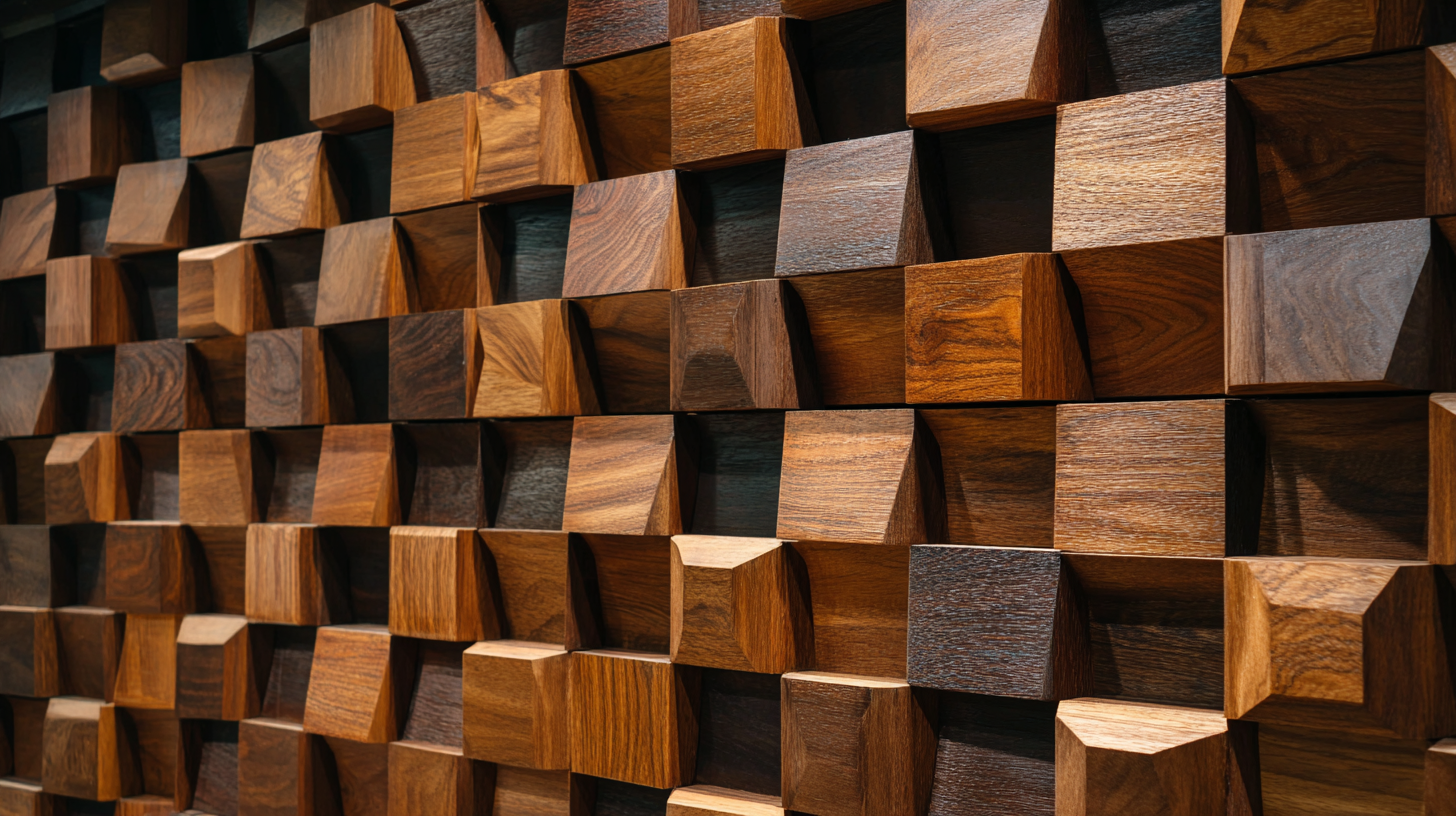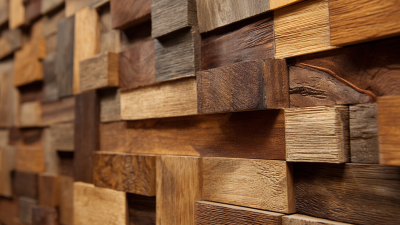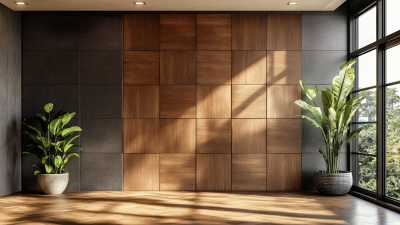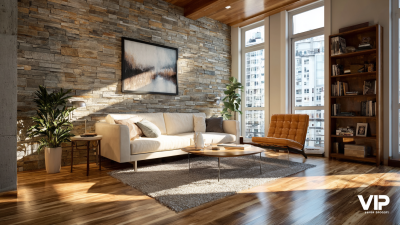In the realm of sustainable interior design, the choice of materials plays a pivotal role in both aesthetics and ecological impact. One material that stands out for its versatility and charm is the Wall Wood Panel. These panels not only enhance the visual appeal of any space but also bring numerous environmental advantages.
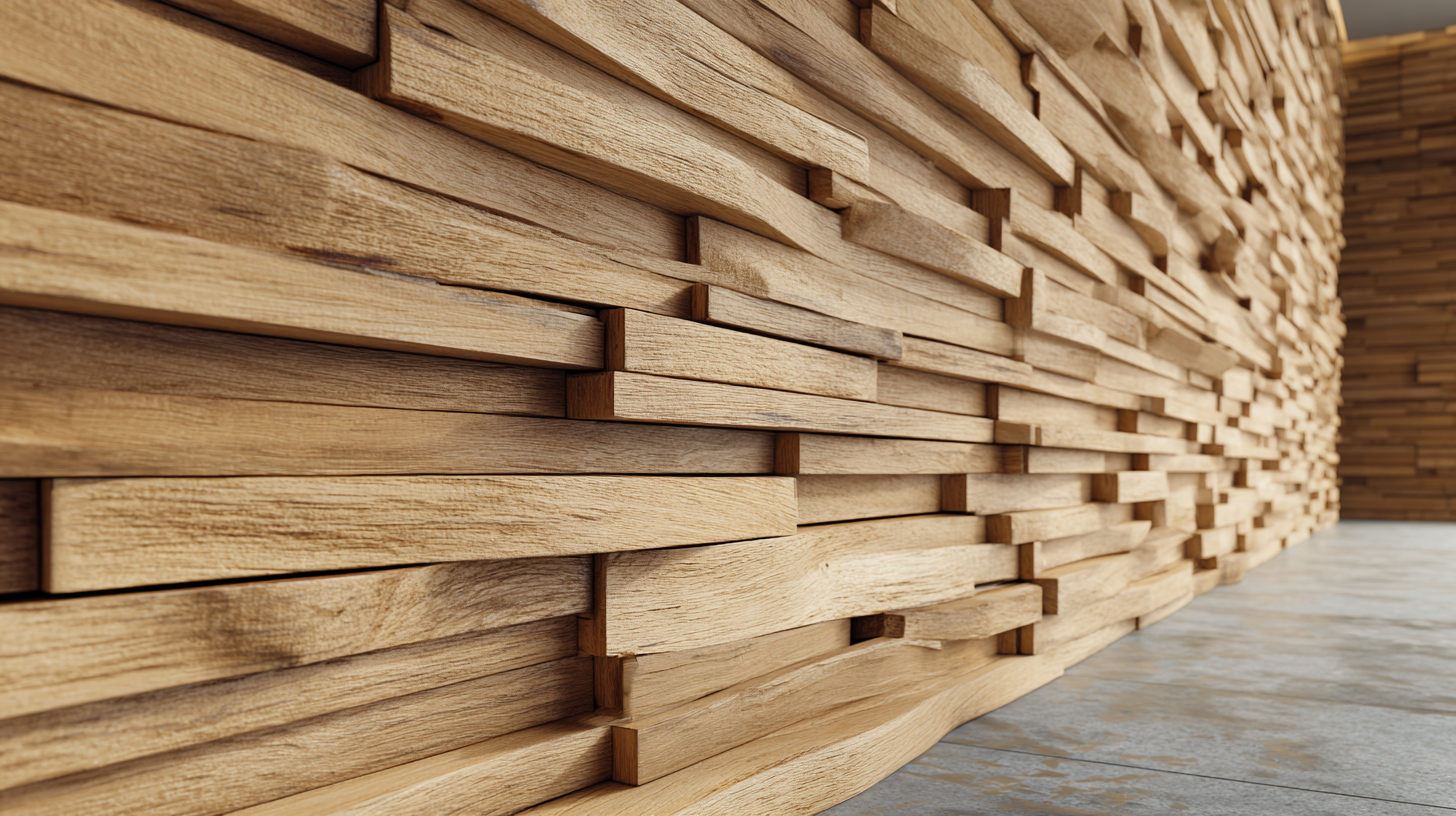 Made from renewable resources, Wall Wood Panels contribute to reducing carbon footprints while promoting a cozy, natural ambiance within interiors. As the demand for sustainable solutions grows, designers and homeowners alike are turning to these wood panels as an essential element in creating stylish yet eco-friendly environments. This blog will delve into the various benefits of Wall Wood Panels, showcasing how they can transform traditional spaces into modern, sustainable havens.
Made from renewable resources, Wall Wood Panels contribute to reducing carbon footprints while promoting a cozy, natural ambiance within interiors. As the demand for sustainable solutions grows, designers and homeowners alike are turning to these wood panels as an essential element in creating stylish yet eco-friendly environments. This blog will delve into the various benefits of Wall Wood Panels, showcasing how they can transform traditional spaces into modern, sustainable havens.
In today's quest for sustainable interior design, wall wood panels stand out as a versatile and eco-friendly choice. According to a report by the Forest Stewardship Council (FSC), responsibly sourced wood can sequester carbon, making it an integral part of reducing overall carbon footprints in buildings. Using wood not only adds warmth and aesthetic appeal but also contributes to better indoor air quality, reducing pollution from synthetic materials. Furthermore, a study published in the Journal of Cleaner Production highlighted that wood products, when sourced sustainably, have a lower environmental impact compared to alternatives like metal and plastics.
When considering wall wood panels, prioritize those certified by organizations such as FSC or the Sustainable Forestry Initiative (SFI). These certifications ensure that the wood is harvested sustainably, promoting forest conservation efforts. Additionally, choosing reclaimed wood can further enhance your interior design's sustainability, providing a unique character and history to your space, as well as reducing waste.
Tip: When styling your walls with wood panels, mix textures and finishes—such as smooth and rough surfaces—to create a dynamic look. Also, consider incorporating local woods to reduce transportation emissions and support local economies. By embracing wood panels, you're not just decorating your space; you're making a conscious choice that aligns with eco-friendly principles.
When considering sustainable interior design, opting for wall wood panels can be a transformative choice. To maximize the benefits, it’s essential to seek out panels that prioritize sustainability. Look for products made from reclaimed wood or responsibly sourced materials, as these options reduce deforestation and minimize ecological impact. The use of wood-based composite materials not only enhances the aesthetic appeal but also contributes to durability and performance.
Additionally, check for certifications that indicate sustainability standards, such as FSC or PEFC. These credentials ensure that the wood used in your panels comes from well-managed forests. Another feature to consider is the manufacturing process—choose panels that utilize eco-friendly adhesives and finishes to further enhance indoor air quality and reduce chemical exposure.
As you explore wall wood panels, remember to prioritize versatility and insulation properties. Some panels offer excellent thermal insulating capabilities, which can improve energy efficiency in your home. Lastly, consider the maintenance requirements of the wood panels; choosing options that require less upkeep will contribute further to your sustainable living goals.
| Feature | Description | Benefits | Sustainability Rating |
|---|---|---|---|
| Material Source | Made from reclaimed or responsibly sourced wood. | Reduces waste and ensures responsible harvesting practices. | ⭐️⭐️⭐️⭐️ |
| Finishes | Non-toxic, low-VOC finishes to enhance safety and air quality. | Improves indoor air quality and reduces harmful emissions. | ⭐️⭐️⭐️⭐️⭐️ |
| Durability | Engineered for longevity and resistance to wear. | Longer lifespan reduces the frequency of replacement. | ⭐️⭐️⭐️⭐️ |
| Thermal Performance | Provides natural insulation and regulates temperature. | Enhances energy efficiency in buildings, lowering heating/cooling costs. | ⭐️⭐️⭐️⭐️⭐️ |
| Aesthetics | Offers a variety of styles, textures, and colors. | Enhances interior design flexibility and appeal. | ⭐️⭐️⭐️⭐️ |
When it comes to maintaining wall wood panels in interior spaces, proper care is vital for ensuring their longevity and aesthetic appeal. According to industry reports, well-maintained wood panels can last over 30 years, offering a sustainable choice for interior design. Regular dusting and cleaning with a soft cloth can prevent dirt buildup, while occasional treatment with wood conditioners can restore moisture and luster, enhancing the panel's natural beauty.
Additionally, being mindful of humidity and temperature changes can significantly impact wood durability. A study indicates that fluctuations in humidity levels can cause wood to expand and contract, leading to potential warping or cracking. To mitigate these effects, utilizing a dehumidifier in humid environments and ensuring proper ventilation can be beneficial. Incorporating treatments like sealants can also provide an extra layer of protection against moisture and wear, further extending the life of your wood panels and maintaining their striking appearance in your sustainable interior design.
Incorporating wood wall panels into your interior design not only adds warmth and texture but also aligns with sustainable practices. These panels can act as a stunning backdrop for various design themes, from rustic to modern. Designers have become increasingly innovative in utilizing wood panels as a means to enhance both aesthetic and functionality. For instance, consider using reclaimed wood to promote sustainability while adding character to your space.
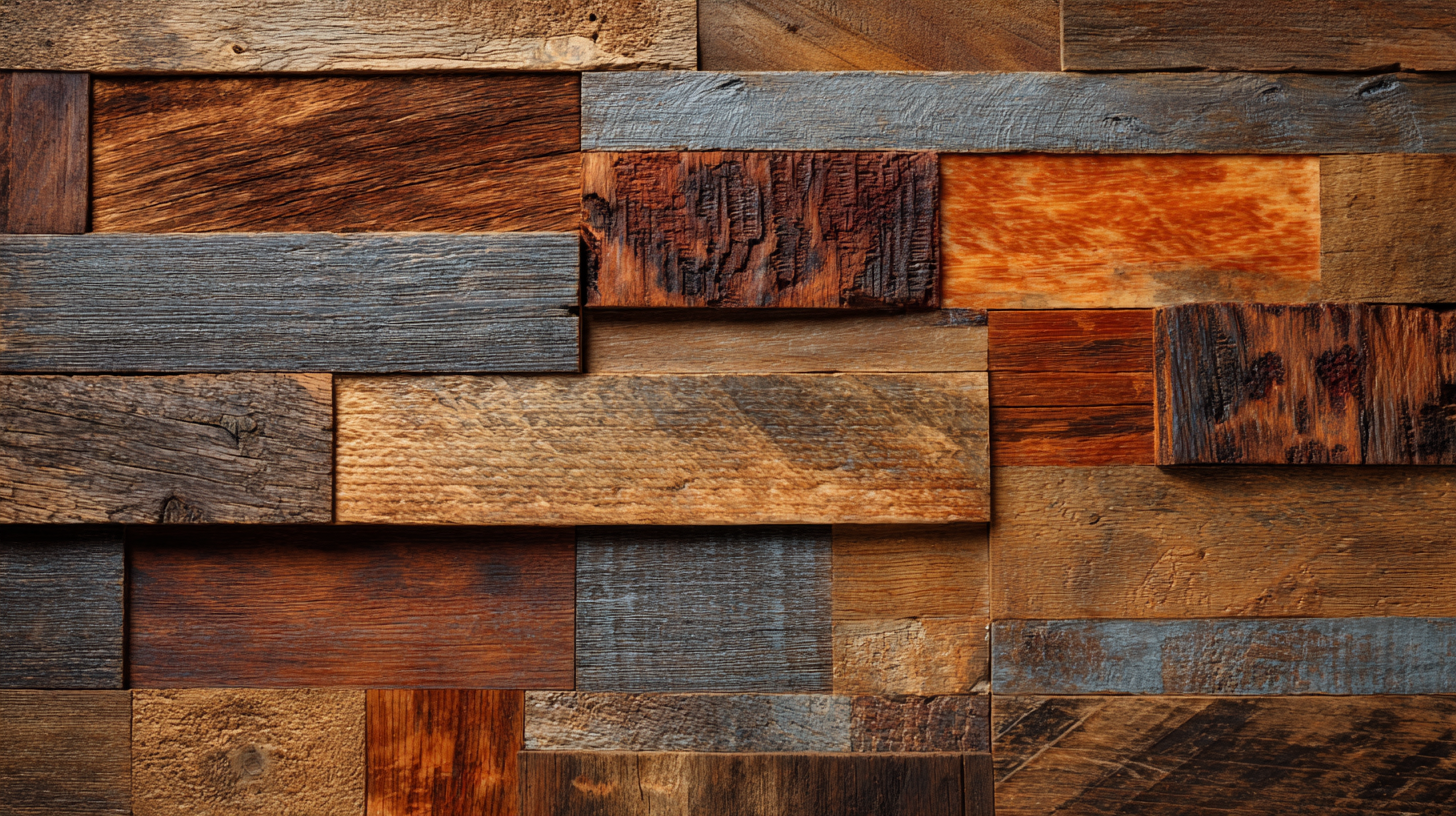
Tip 1: If you're looking to disguise a TV, think about creating a custom wood panel that can be opened or closed, allowing you to conceal the television when not in use. This approach not only declutters the visual space but also integrates seamlessly into your overall design.
Tip 2: For a striking feature wall, experiment with different textures by alternating horizontal and vertical wood panels. This can create visual interest while maintaining a cohesive look. You can also incorporate lighting within the paneling to emphasize the patterns and elevate the ambiance of the room further. Embrace these creative strategies to transform your space with the elegance of wood panels.
Wall wood panels are undeniably gaining popularity as a sustainable interior design option, particularly when compared to traditional wall finishes. The Wood Decorative Wall Panel Market is projected to grow from USD 11.93 billion in 2024 to USD 18.4 billion by 2035, highlighting a significant shift towards eco-friendly and stylish design choices. Unlike traditional finishes that may rely on synthetic materials, wood panels offer a natural aesthetic that enhances warmth and character, making spaces feel more luxurious without breaking the bank.
One of the standout advantages of wall wood panels is their versatility. From classic designs to modern tambour paneling, there's a style suitable for every taste. Incorporating wooden elements can transform a bland space into something inviting and sophisticated. For those looking to elevate their interiors, pairing wood paneling with soft textures is a trend to embrace in 2024, adding depth and tactile interest to any room.
**Tips for Using Wall Wood Panels:**
- Consider mixing different wood finishes to create a layered effect that adds depth.
- Think about the room's purpose; lighter woods can brighten up a small space, while darker woods add warmth and drama.
- Use wood panels as a focal point in a room, perhaps behind a sofa or in a dining area, to draw the eye and create a stunning visual impact.
